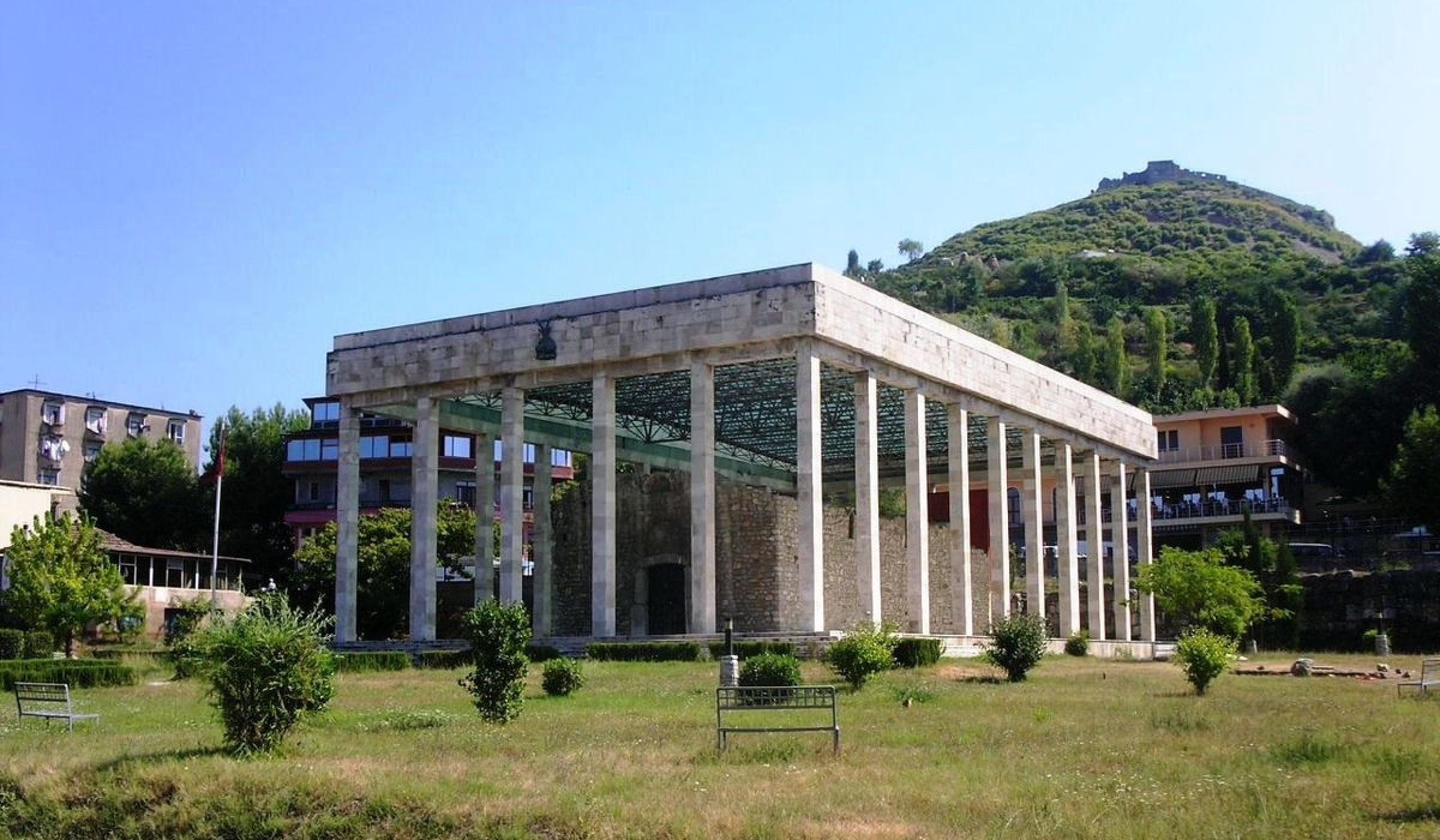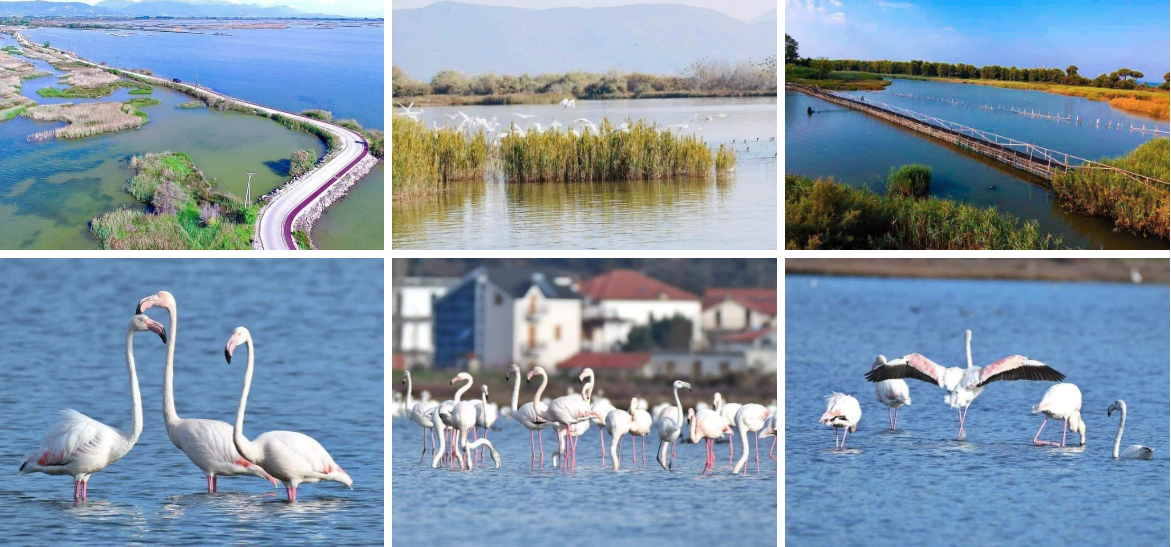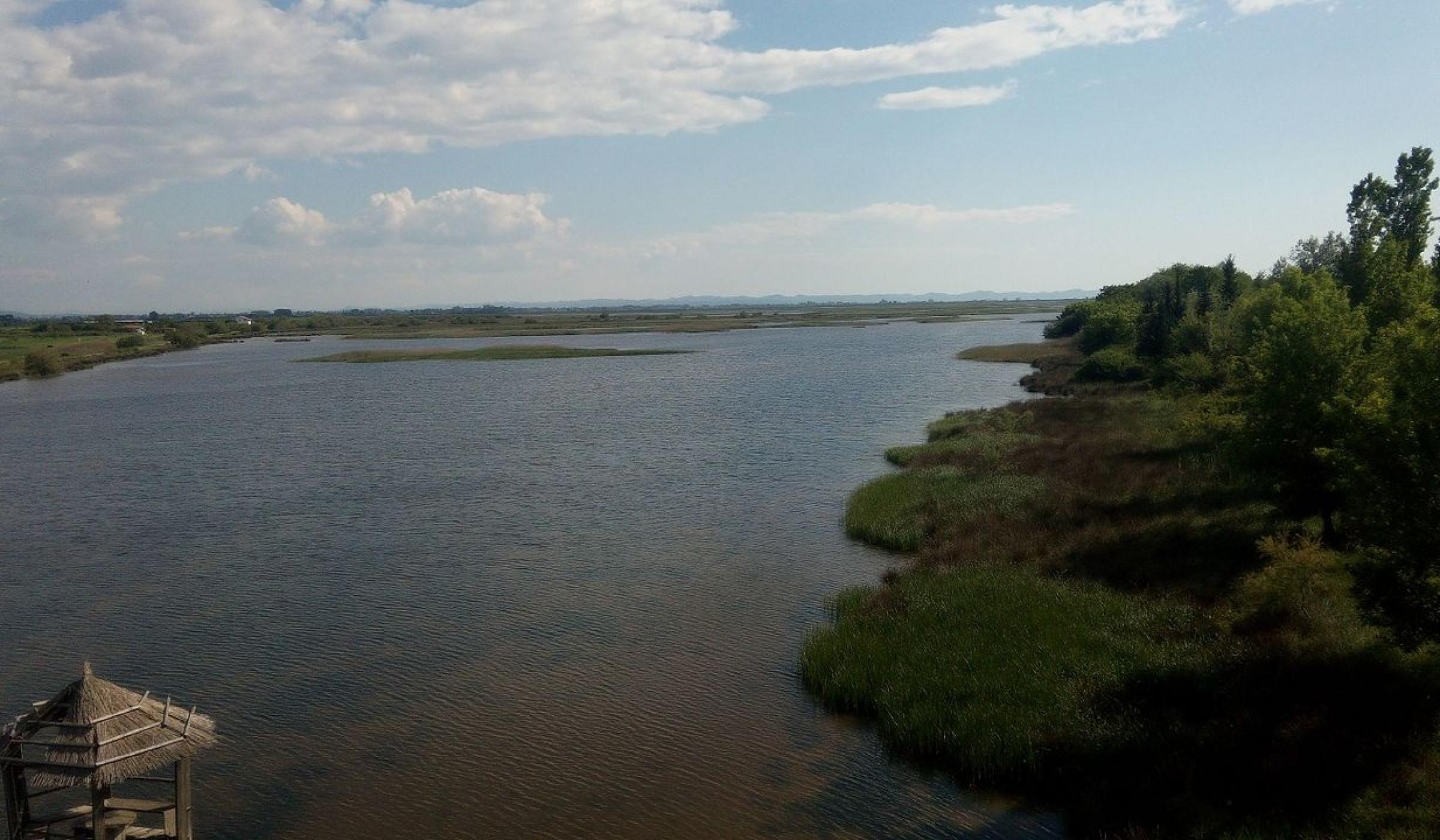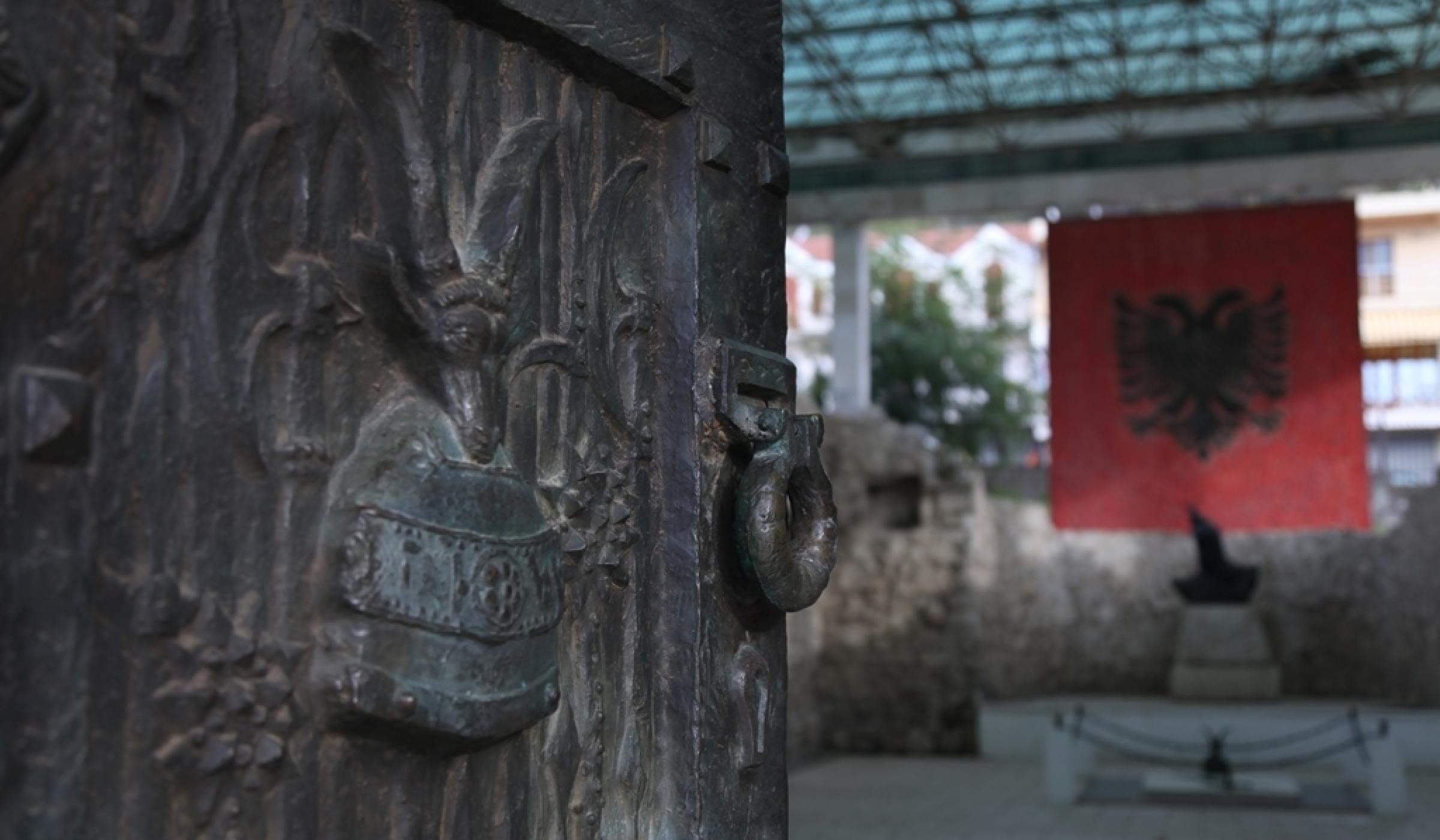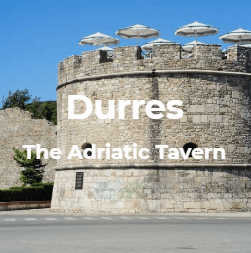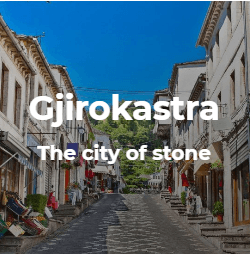“Discover the beauty of Lezha – The City of Skanderbeg’s Covenant.”
Where the Drin River ends its journey through Albania and joins the Adriatic Sea, where the extensions of the fertile fields of Zadrima meet, where at the top of a pyramid-shaped hill (Mount Shelbum) distinguish the battlements of the Medieval Castle, one of the earliest Mediterranean settlements is constantly witnessed: Lezha.
From a geometric, geographical and ecological point of view, Lezha constitutes a wonderful kaleidoscope of nature, almost a kind of unprecedented ecological principality, where the mountain, field, forest, archaeological and historical monuments, lagoons and sea, constitute a remarkable unity.
Lezha is a vibrant aesthetic of Illyrian-Albanian objects and civilization, a station of millennia and special pleasures of travelers.
As such, this city has been inhabited by the Illyrian population since the 8th century BC. His name “Lisso” and “Lissus”, is thought to be the linguistic coloration of the old Illyrian name “Lisi”. In Lezha, political and cultural activities of the national high level were organized, such as: The Covenant of Princes (2 March 1444) where the first state was founded on the basis of principality, the Assembly of Arber (14 January 1703), on the initiative of the Pope of Albanian origin Clement XI.
In this city begins and ends the story of the national hero. The Princes’ Covenant and the burial place of Gjergj Kastriot Skanderbeg are the reasons for the historical visits, where on 17 January 1468 in the Cathedral of St. Nicholas in Lezha was buried the national hero Gjergj Kastriot Skanderbeg.
Each mythological story about Lezha precedes its history full of motifs and contrasts from the most diverse. Not in vain, the byzantine erudite Ana Komnena in the 19th century. Xii calls Lezha “a city raised in the air that can be seen from all sides”.
It is not merely an extreme metaphor, but by itself every viewer can look at Lezha at the height of its history, in the air of centuries as if to emerge from the poetic spirits of the poet Mjeda, who has written wonderfully and poetically about Lezha. In Lezha, you are surrounded by the metaphors of history. Everyone lives among them and here lies the very secret of survival.
Lezha can offer it all. Here, the coastline is intertwined with rich history, nature and culinary making Lezha a destination for all-year tourism.
You can enter the gates of Lezha without knocking, and the more you get to know the city, you can only be enchanted by it.
Some of our suggestions:
1. Bird observation in the lagoons of Kune–Vain. For visitors, three watch tip towers have been built, one in Kune and two in the Vain area. They serve to explore the area as well as to observe numerous birds.
2. Visit the Memorial dedicated to the national hero Gjergj Kastrioti and the place where the Beselidhja of Lezha was held.
3. Visit the city castle, where besides history you will be given an amazing landscape that penetrates deep into the sea, but looking at the river, lagoons, fields, mountains, and the whole city.
4. You can visit the numerous objects of the cult, which besides religious values have architectural and historical values. Some of them are unique. (St. Nicholas Cathedral in the center of Lezha, City Mosque, Orthodox Church Metamorphosis at the entrance of the city, Teqeja N’Sulti, church of Saint Euphemy in Kallmet, church of St. Premtes Balldre, etc).
5. Sports climbing on the Rrenc Mountain (Shëngjin) or on The Vela Mountain, which will enable along the way the natural landscape that is reflected by the blue of the sea as well as extraordinary stories.
6. Fishing at sea or in the Drin River.
For more information visit:
https://lezha.gov.al/


